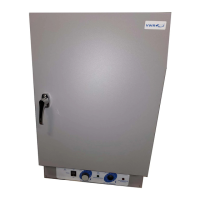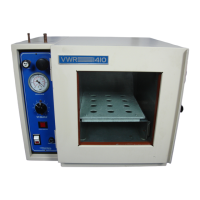MICROPROCESSOR
CONTROLLED OVENS
M
ODELS: 1330FM,1350FM,1370FM
1330GM,1350GM,1370GM
1330FMS,1350FMS,1370FMS
1330GMS,1350GMS,1370GMS
INSTALLATION AND OPERATION MANUAL
Sheldon Manufacturing Inc. P.O. Box 627 Cornelius, Oregon 97113
EMAIL: tech@Shellab.com
INTERNET: http://www.Shellab.com/~Shellab
1-800-322-4897 (503) 640-3000 FAX (503) 640-1366


